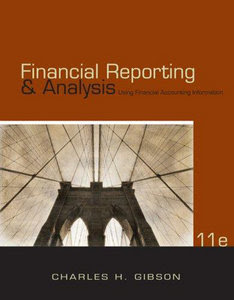
Information Technology and the Networked Economy, Second Edition by Patrick G. McKeown
Publisher: Course Technology; 2 edition (July 15, 2002) | ISBN: 003034851X | 493 pages | PDF | 18.7 MB
Publisher: Course Technology; 2 edition (July 15, 2002) | ISBN: 003034851X | 493 pages | PDF | 18.7 MB
In this text you will explore how information systems are used in business, and, more importantly, how the role of information systems has grown as a result of the telecommunications revolution.
About the Author
Dr. Patrick McKeown has been at the University of Georgia since 1976. He received his bachelor?s and master?s degrees at the Georgia Institute of Technology, and his Ph.D. from the University of North Carolina of Chapel Hill. McKeon has published more than 30 textbooks and close to 50 articles in the areas of management science and information systems.
The book is divided into five parts:Introduction to Information Technology and the Networked Economy;Information Systems in Organizations;Electronic Commerce: Strategy and Technology;Development of Information Systems;Issues in the Networked Economy.
Part 1 provides information about the networked economy and information technology. This part includes chapters on the networked economy, elements of information technology, and networks for sharing data, information, and resources. This section introduces the risks facing all organizations and the use of information systems to address those risks. Part 2 covers the effects of information technology on organizations and includes chapters on transaction processing systems for handling the present, organizational memory for remembering the past, and decision support systems for preparing for the future. This section provides the student with a complete discussion of information systems as they enable organizations in the networked economy not just to survive, but to grow. Part 3 discusses electronic commerce strategy and technology. The chapter on electronic commerce strategy provides the student with a basis for understanding the benefits and threats associated with the Internet and Web and strategies for dealing with those threats. The chapter on electronic commerce technology discusses a number of the technologies used to make electronic commerce a viable revenue stream for businesses. Part 4 considers the issues involved in developing or acquiring information systems. This includes topics on designing new information systems and deciding whether to acquire, outsource, or internally develop the new system. This section also covers the process of developing an information system. These chapters provide he student with an understanding of the systems development process including the structured systems development approach, rapid application development (RAD), autsourcing, and acquisition. Finally, part 5 covers the impact of information technology and the networked economy on society in the areas of security, crime, privacy, ethics, health, and societal issues. This section includes a chapter on crime and security in organizations, a chapter on privacy and ethical issues, and a chapter on the societal issues associated with information technology and the networked economy.
Thanks to original uploader!
| High Speed Download |



















































